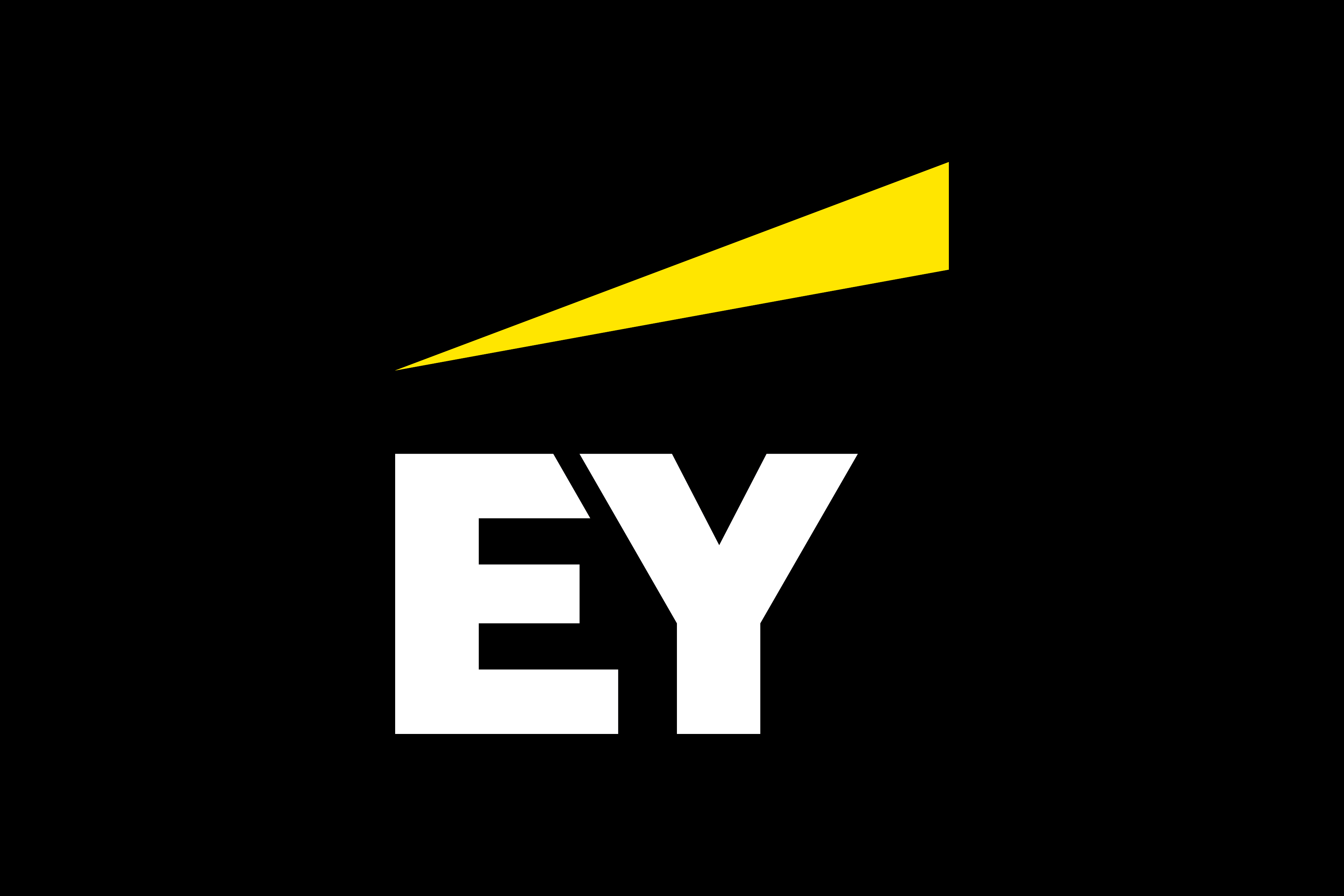EY refers to the global organization, and may refer to one or more, of the member firms of Ernst & Young Global Limited, each of which is a separate legal entity. Ernst & Young Global Limited, a UK company limited by guarantee, does not provide services to clients.
How EY can help
-
EY Tax and Finance Operate Managed Services teams can help your business manage risk, realize value from data, drive innovation and improve efficiencies.
Read more
Against this backdrop, Tax and Finance functions have a significant opportunity to distinguish themselves as a function of value rather than as a source of cost. But according to sector-specific data from the 2024 EY Tax and Finance Operations (TFO) survey, 57% of US P&U respondents cite a lack of budget as the biggest barrier preventing Tax and Finance functions from delivering their purpose and vision — significantly higher than the 43% average across all services and regions. And 57% of US P&U companies say that effectively managing budgets and spending is a top priority over the next three years vs. 49% more broadly, making it the most widely cited response across both data sets.
During a historically challenging time to recruit and retain talent, Tax and Finance functions are often bogged down with repetitive manual tasks and primarily charged with maintaining compliance (the #2 most popular priority for US P&Us but #3 overall across all respondents). In the face of these dynamics and — at times — competing priorities, how can utilities reimagine their Tax and Finance functions to drive value across the organization and be a strategic partner to the C-suite? Increasingly, the answer lies in co-sourcing arrangements, with generative AI on the horizon as another strategic enabler.
A confluence of challenges
Beyond a lack of budget (57%), US P&U respondents tell us that their biggest barriers also include inabilities to adequately advise the business given the complexity and unpredictability of the global tax landscape (23%), to hire and retain required talent (13%), and to execute on a sustainable plan for data and technology (7%).





